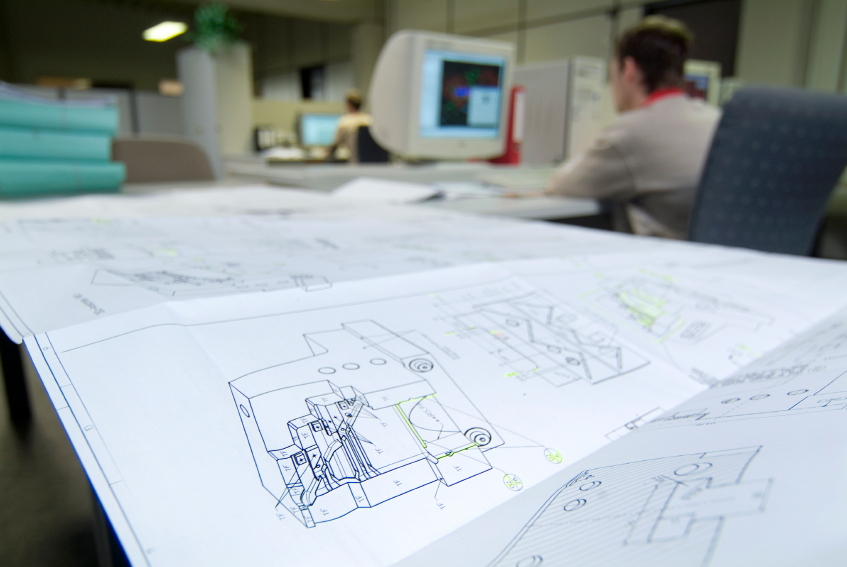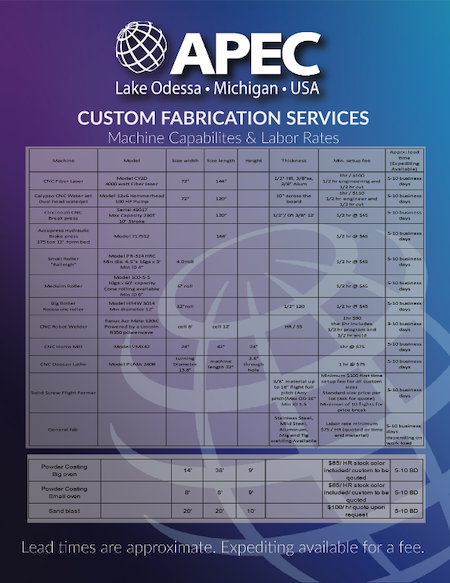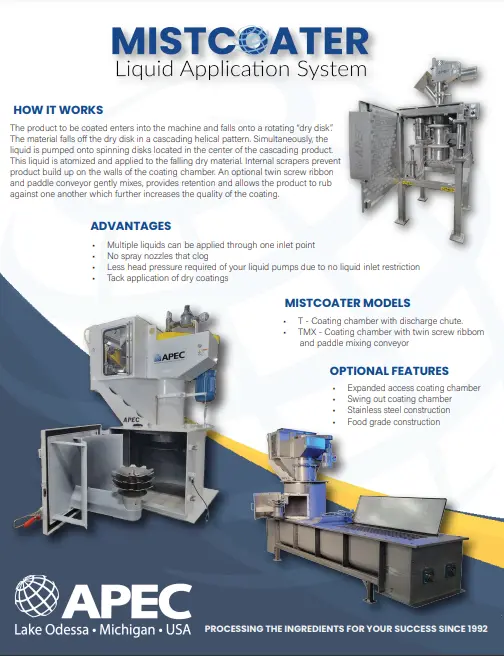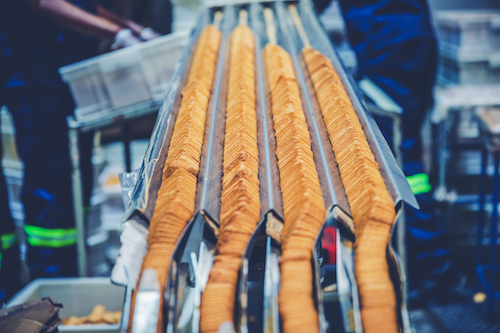
Pneumatic conveying equipment use air to create propulsion that moves materials from one place to another. Though other types of mechanical motion, like belt conveyors or screw conveyors, can be more efficient, pneumatic conveyors offer a number of advantages. When working with particular materials, pneumatic conveyors can also solve problems and reduce risks.
Pneumatic Conveying Basics
Pneumatic conveying must be completely enclosed. Since pneumatic systems rely on airflow, they won’t be effective if there is an airflow leak. For this reason, pneumatic conveying equipment are particularly effective for materials that are very fine, such as powders and granular materials. These substances are common across a wide range of industries, from pet food processing and food and beverage industries to mining and chemical processing to renewables and many more. The applications and advantages of pneumatic material handling systems are vast, but proper pneumatic system design is essential.
Pneumatic Conveying System Types
Pneumatic conveying systems might use blowers, exhausters or other mechanisms to create air and transport materials from one part of the process to another. These different pneumatic conveying system types are generally divided by velocity and suspension. If the material is conveyed at a high velocity and suspended in the air, it is considered dilute phase conveying or suspension flow. Materials conveyed at low velocities aren’t suspended in the air, and are considered dense phase conveying or non-suspension flow. Most of these pneumatic conveying systems can be used for continuous flow applications or batch applications.
Many manufacturers struggle when handling powders, granules, or fragile materials: material degradation, line blockages, wear on piping, moisture / condensation problems, and inefficient transport. Proper pneumatic conveyor equipment design is essential. With poor designs, it can cause leaks and mismatched velocities, causing a degrade in efficiencies.
Environmental Considerations in Pneumatic Conveyor System Design
When designing the optimal pneumatic conveyor system, it’s important to first consider your material’s characteristics. Understanding it’s density, flow rate, permeability, particle size, moisture content, friability and other key factors will help the system work most effectively and prolong its life.
There are other factors that are important to consider as well. The environment around the pneumatic conveyor system can affect its operation. Humidity and air temperature affect air pressure and velocity, which will change how the system works. As air temperature increases, the density of air decreases, which will affect the air mover. If the air is colder on startup, for example, and warms over time, the conveying air velocity will be lower to start with, which can block the pipeline.
Humidity around the pneumatic conveyor system can also create challenges. The water vapor contained in the air (humidity level) changes with temperature and pressure. If the air is saturated, a change in temperature or pressure will create condensation. If condensation comes into contact with hygroscopic material, it can ruin the material and damage the system.
APEC Solves Your Pneumatic Conveyor Equipment Problems
Here are five key factors on why APEC can solve your problems:
- Designs turnkey pneumatic conveying systems that are tailored to the specific material and process parameters (rather than one-size-fits-all).
- Does deep materials analysis up front: APEC engineers will ask for and use characteristics like particle size, density, moisture, friability, and environmental conditions — exactly the inputs the blog emphasizes are necessary.
- Selects the optimal conveying method (dilute phase vs dense phase) based on throughput, distance, and material sensitivity, avoiding erosive velocities or damage to product.
- Handles condensation, leaks, and environmental variability by accounting for humidity, temperature swings, and piping integrity in the design (which the blog warns are critical).
- Extends system life and reliability by avoiding abrasion, erosion, clogging, and making sure system velocities and pressures are well matched.
Taking these considerations into account when designing your pneumatic conveyor equipment can help to improve efficiency and extend the lifetime of your system. Work closely with an equipment manufacturer like APEC, and give them detailed materials characteristics, process requirements, dimensions, and environmental considerations to optimize the system.






